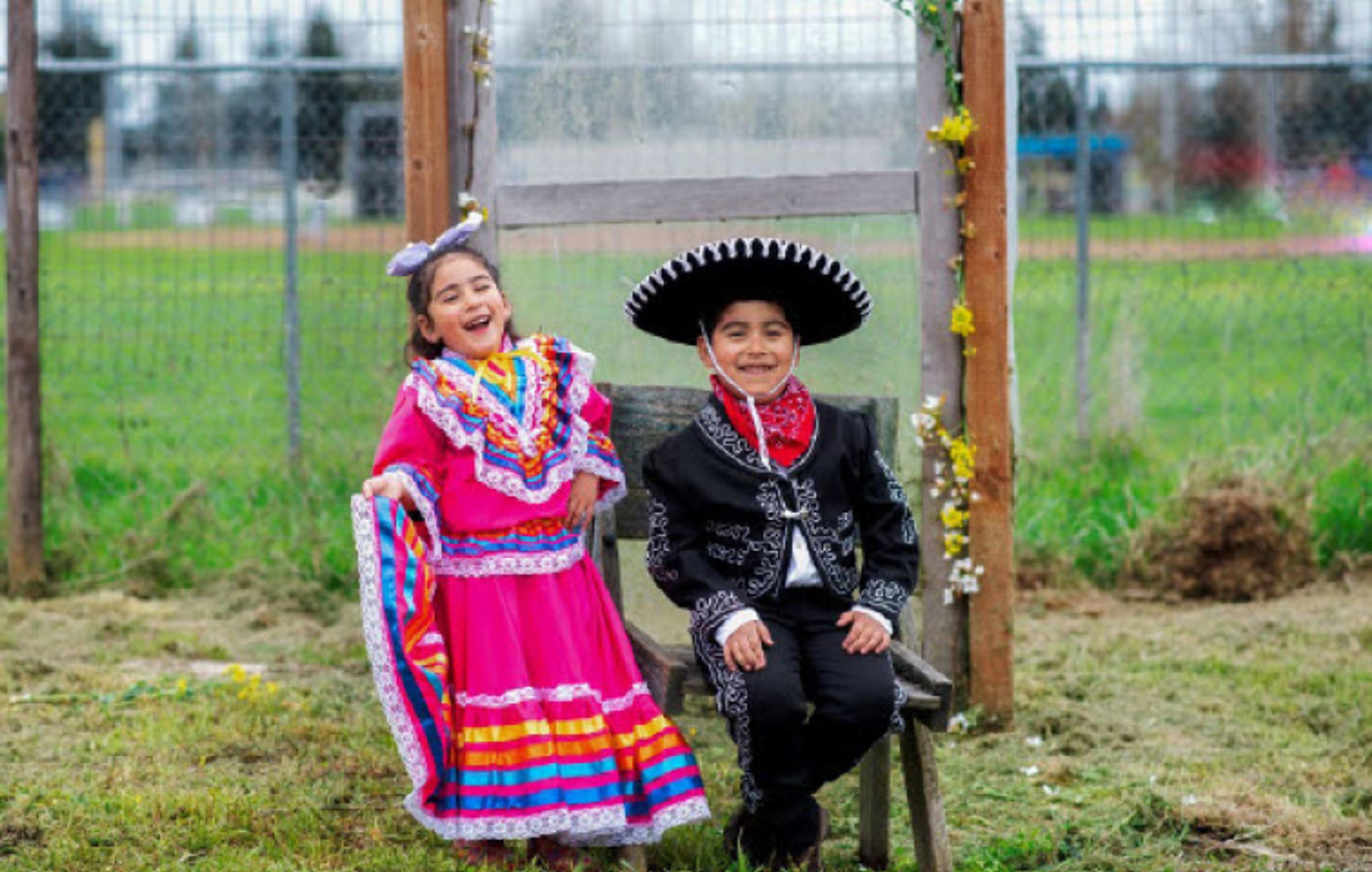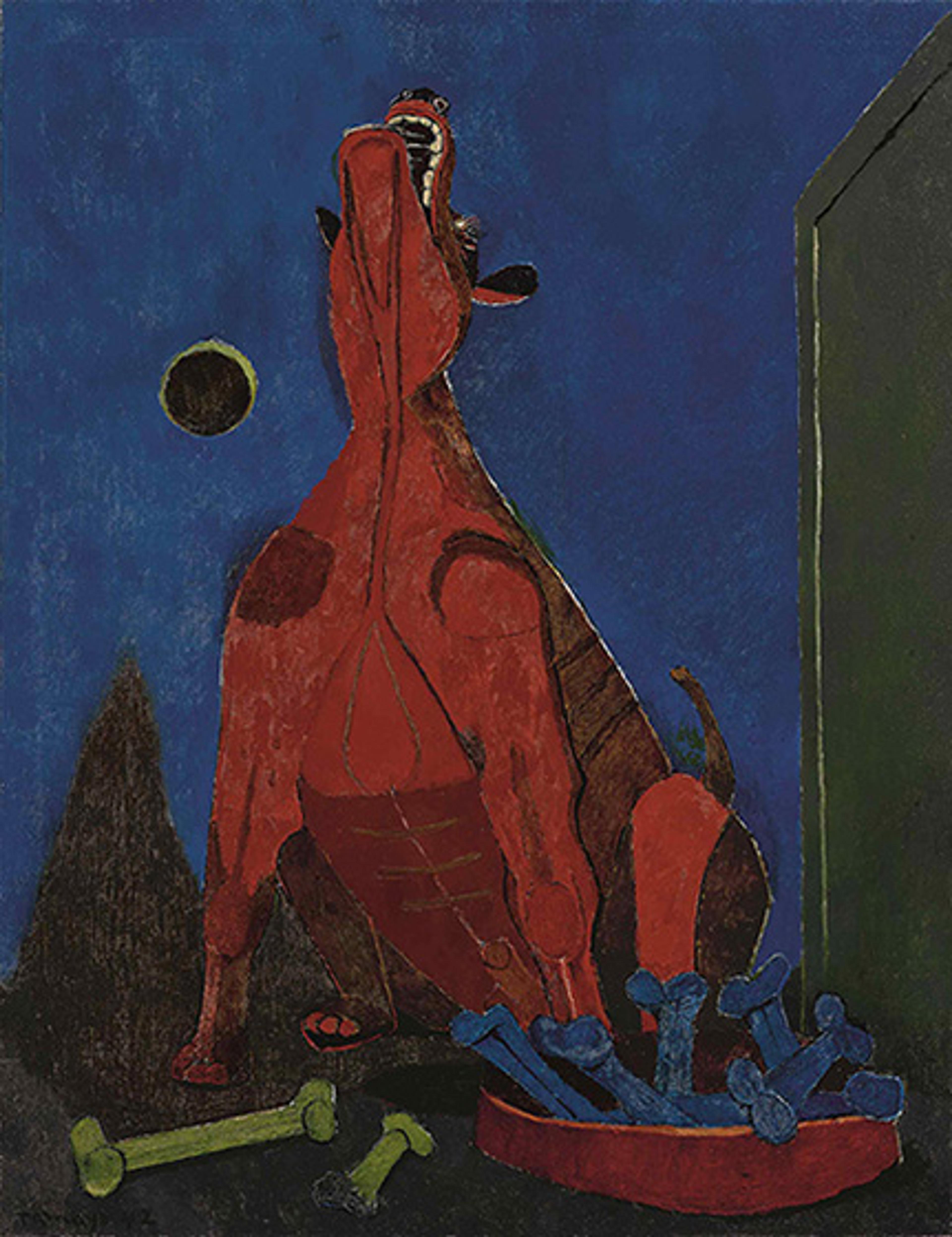
Diego RiveraLa ofrenda (The Offering)
About
Amid a backdrop of verdant botanical life, three figures gather at an altar to honor the dead. Rivera’s scene depicts el Día de los Muertos (the Day of the Dead), a Mexican celebration in which the deceased are invited to commune with the living through an altar set with welcoming offerings.
The composition of La ofrenda creates an implied ring that connects the figures to the altar, suggesting the circle of life that unites the living with the dead. After the Mexican Revolution (1910-1920), Rivera was invested in Mexico’s cultural revitalization.
The artist’s passionate respect for the splendor and resilience of Indigenous Mexican culture is evident here. A garland of marigolds, omnipresent in Día de los Muertos celebrations, and symbolic of life’s exquisite fragility, is draped across a nopal cactus, which represents survival and appears on Mexico’s coat of arms.
La ofrenda reflects the beauty and cultural endurance of post-revolution Mexico, demonstrating Rivera’s belief that “the artist is a direct product of life ... and a reflector of the aspirations, the desires, and the hopes of his age.”
Artist
Diego Rivera
Dimensions
48 3/4 × 60 1/2 in. (123.8 × 153.7 cm) Framed: 59 13/16 × 71 7/8 in.
Credit Line
Art Bridges
Date
1931
Medium
Oil on canvas
Object Number
AB.2017.19
Signed
l.l.: Diego Rivera 1931
Provenance
Frances Flynn Paine, New York, NY; Abigail Greene Aldrich Rockefeller [1874-1948], New York, NY, 1931; given to Museum of Modern Art, New York, NY, 1936; Lanyon Gallery, Palo Alto, CA, 1963; Private Collection, United States; (Sotheby’s, New York, NY), November 27, 1984, lot 18; to Private Collection, Dallas, TX; to (Sotheby’s, New York, NY), May 24, 2005, lot 7; to Private Collection, New York, NY; Mexico City, Mexico; La Jolla, CA; to (Christie’s Private Sales, London, England); purchased by Art Bridges, TX, 2017
Partner Story
Engaging Community and Bridging Cultures

Courtesy of the artist, Huerto de la Familia, and Jordan Schnitzer Museum of Art

